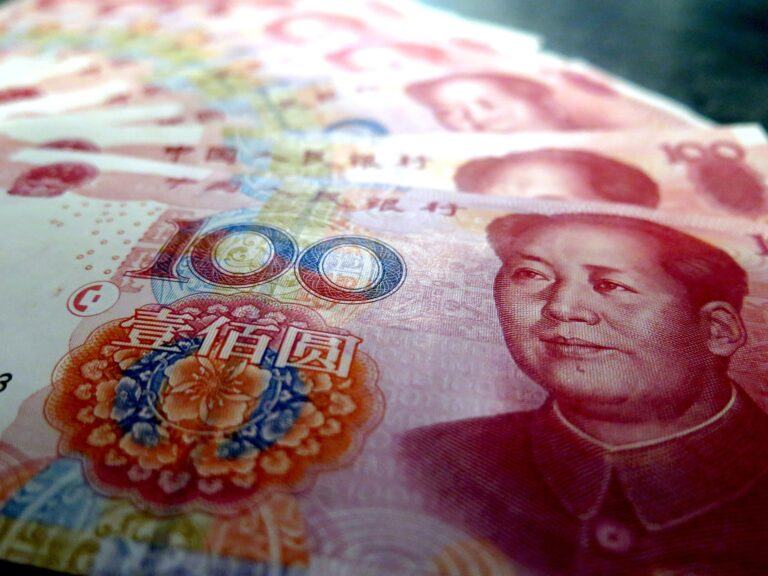After five years of development, China’s central bank appears to be ready to roll out its digital currency, despite the country still imposing a ban on the use and trade of cryptoassets.
Central Bank Digital Currency
Mu Changchun, Deputy Chief in the Payment and Settlement Division of the People’s Bank of China (PBOC) announced on Aug. 10 that the central bank will soon launch its digital currency. Changchun made his comments at the Finance 40 Group meeting, giving an update on the project that has been in development since 2014.
According to the senior official,
“People’s Bank digital currency can now be said to be ready.”
Changchun claims that the People’s Bank of China has access to a prototypical version of the digital currency and that the PBOC has fully adopted and integrated the use of blockchain technology into its infrastructure. He also revealed that the CBDC will not rely upon an entirely “pure” blockchain technology, citing difficulties in scale.
In particular, he claimed that it was difficult to achieve a high level of performance for retail use in a country the size of China if the digital currency relied solely upon a blockchain architecture. Instead, CBDC will rely upon a hybrid technology that will offer “technical neutrality” on behalf of the central bank, but not necessarily rely upon the full “technical route” of blockchain.
Two-Tier Distribution
Changchun also gave an outline for distributing the digital currency in what he calls a “two-tier” operating system. The PBOC intends to first convert the digital currency to banks and other operating agencies, before distribution to the public.
According to Changchun,
“The People’s Bank of China is the upper level and the commercial banks are the second level. This dual delivery system is suitable for our national conditions. It can use existing resources to mobilize the enthusiasm of commercial banks and smoothly improve the acceptance of digital currency.”
The report says that following a two-tier system is necessary given the size and complexity of China’s economy, in addition to the vast population and terrain covered by the country. PBOC officials have recognized the challenge in integrating a digital currency across a heterogenous populace with varying levels of education and acceptance towards technology.
A single-tier operating structure would require direct interaction between the PBOC and the public, which the report claims would bring “great challenges.” Instead, the two-tier system improves “accessibility,” with an emphasis on increasing public willingness to use the digital currency.








